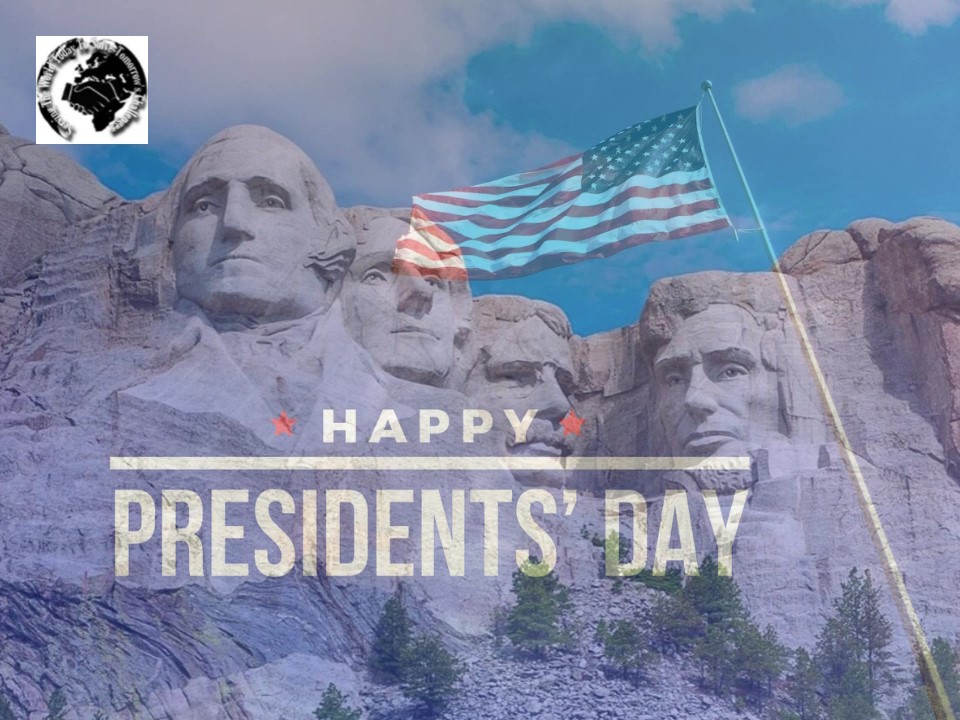Presidents’ Day, observed on the third Monday of February, has undergone significant transformations since its inception. Originally established to honor George Washington’s birthday, the holiday has evolved to recognize the contributions of multiple U.S. presidents. This article explores the historical development of Presidents’ Day, its legislative modifications, its current cultural and commercial significance, and provides an overview of the current president as of 2025.
Introduction
Presidents’ Day stands as a testament to the United States’ reverence for its presidential heritage. While federally designated as Washington’s Birthday, the holiday has colloquially expanded to honor other presidents, notably Abraham Lincoln. This evolution reflects changes in societal values, legislative actions, and cultural practices.
Historical Origins
The commemoration of George Washington’s birthday dates back to the late 18th century, following his death in 1799. In 1879, President Rutherford B. Hayes signed a bill declaring February 22nd as a federal holiday, making Washington the first American citizen to be honored with such distinction. By 1885, the holiday extended its observance nationwide.
Legislative Evolution
The Uniform Monday Holiday Act of 1968 aimed to provide workers with more three-day weekends by shifting the celebration of certain holidays to Mondays. As a result, Washington’s Birthday was moved to the third Monday in February, a date that never coincides with his actual birthdate of February 22. During the legislative debates, there was a proposal to rename the holiday to Presidents’ Day to honor both Washington and Lincoln, whose birthdays are in February. Although this name change was not officially adopted at the federal level, the term “Presidents’ Day” gained traction in popular usage and among various states.
Contemporary Observance
Today, Presidents’ Day serves multiple functions. It is a time for patriotic reflection, with many communities organizing events that celebrate the contributions of U.S. presidents. For instance, Alexandria, Virginia, Washington’s adopted hometown, hosts annual celebrations throughout February, including what is claimed to be the nation’s longest-running and largest George Washington Birthday parade.
Commercially, the holiday has become synonymous with significant retail promotions. Businesses across the country offer substantial discounts, particularly on big-ticket items like appliances, furniture, and mattresses. This trend aligns with retailers’ strategies to boost sales during a typically slow period and to capitalize on consumers receiving tax refunds.
State-Level Variations
The observance of Presidents’ Day varies across states. While the federal holiday is officially recognized as Washington’s Birthday, many states have adopted the term Presidents’ Day to honor multiple presidents. Some states, such as Illinois and Connecticut, continue to observe separate holidays for Lincoln’s Birthday on February 12. Others, like Virginia, celebrate “George Washington Day,” emphasizing their unique historical connections.
The Current President: Donald J. Trump
As of February 2025, the President of the United States is Donald John Trump, who was inaugurated for his second term on January 20, 2025. Born on June 14, 1946, in Queens, New York City, Trump is a member of the Republican Party and previously served as the 45th president from 2017 to 2021. Before his political career, he was a businessman and media personality, notably hosting the reality television show “The Apprentice” from 2004 to 2015.
In the 2024 presidential election, Trump secured a victory over the Democratic nominee, incumbent Vice President Kamala Harris, marking a significant political comeback. His running mate, James David (JD) Vance, was sworn in as the 50th Vice President of the United States. During his second term, President Trump has initiated several policy actions, including efforts to reduce the size of the federal workforce and implementing a deportation program targeting illegal immigrants. Additionally, he has made extensive use of executive orders, leading to numerous legal challenges.
Conclusion
Presidents’ Day exemplifies the dynamic nature of American cultural and historical observances. From its origins as a celebration of George Washington’s birth to its current role as a day honoring multiple presidents and serving as a catalyst for commercial activity, the holiday reflects the evolving values and practices of U.S. society. As of 2025, under the leadership of President Donald J. Trump, Presidents’ Day continues to offer an opportunity for both reflection on presidential legacies and engagement in contemporary cultural traditions.
References
- “Presidents’ Day.” Encyclopedia Britannica, 2025.
- “Presidents’ Day.” History.com, 2025.
- “Presidents’ Day.” Wikipedia, 2025.
- “Presidents’ Day Facts for Kids.” Kids Play and Create.
- “Understanding Presidents’ Day: Its Origins and Importance.” NY Weekly, 2024.
- “What Is Presidents’ Day Actually About?” JSTOR Daily, 2016.
- “What is the history of Presidents’ Day?” Encyclopedia Britannica, 2025.
- “The History of Presidents’ Day and How to Celebrate.” Flags.com, 2016.
- “President’s Day in the United States Then and Now.” IvyPanda.
- “What Is the History of Presidents’ Day in the US?” TheCollector, 2024.
- “Presidents’ Day: History of the Holiday.” StudyCorgi.
- “President Donald J. Trump – The White House.”
- “Donald Trump.” Wikipedia, 2025.
- “JD Vance had ‘fruitful’ meeting with Zelensky – as it happened.” The Times, February 17, 2025.
- “The outlook for US President Trump’s second term.” World Economic Forum, January 2025.
Submitted by Donte Nelson, Staff Writer
Email Donte Nelson at [email protected] or [email protected]
Check our our store:
https://store.theneoliberal.com


